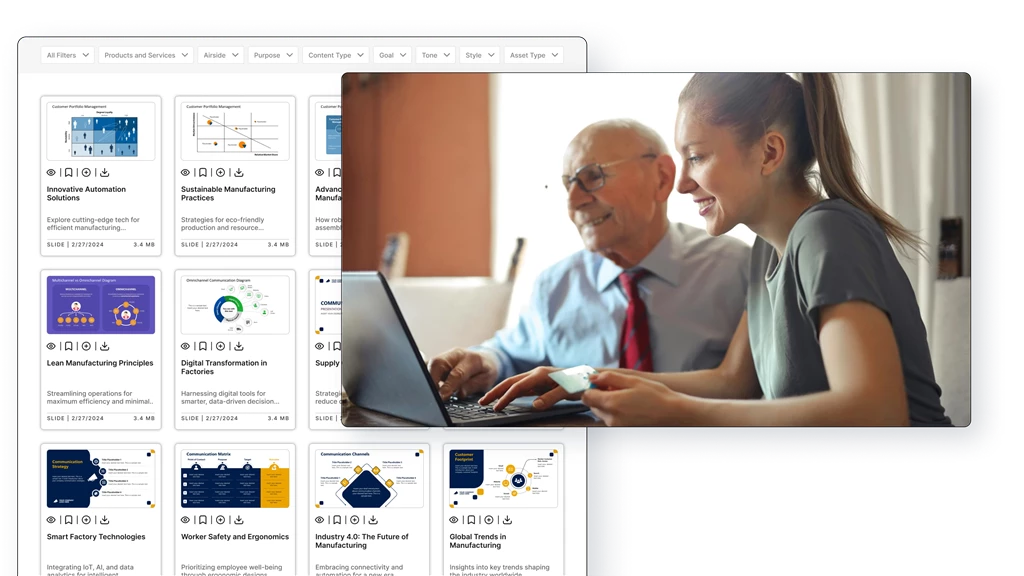What is a Customer Portal?
A customer portal is a secure, online platform that provides customers with personalized access to various services, information, and tools offered by a business. Essentially, it’s a digital gateway that allows customers to interact with a company on their own terms, 24/7. Through the portal, customers can manage their accounts, access important documents, track orders, request support, and much more—all in one convenient location.
Customer portals are typically web-based, meaning they can be accessed from any device with an internet connection, including desktops, laptops, tablets, and smartphones. They are designed to be user-friendly, providing customers with an intuitive interface that makes it easy to find the information or service they need.
Key Features of a Customer Portal
Customer portals can vary greatly depending on the business and industry, but most share some common features:
- Account Management
- Customers can view and update their personal information, such as contact details, payment methods, and preferences. This empowers customers to keep their accounts up-to-date without needing to contact customer service.
- Order Tracking and History
- For businesses that sell products or services online, customer portals often include order tracking features. Customers can view the status of their orders, see past purchases, and download invoices or receipts.
- Document Access
- Many customer portals allow users to access important documents, such as contracts, warranties, user manuals, and reports. This is especially useful for businesses in industries like finance, insurance, or manufacturing.
- Support and Help Desk
- A key feature of customer portals is the ability to request support or open a help desk ticket. Customers can describe their issue, track the progress of their request, and communicate with support representatives—all within the portal.
- Knowledge Base
- Customer portals often include a knowledge base or FAQ section where users can find answers to common questions, troubleshoot issues, or learn more about products and services.
- Communication Tools
- Some customer portals offer messaging features, enabling customers to chat with support agents, submit feedback, or participate in forums or community discussions.
- Billing and Payments
- Customers can view their billing history, make payments, and manage subscriptions through the portal. This feature is particularly important for businesses with recurring billing or subscription-based services.
- Personalized Content
- Advanced customer portals offer personalized content based on the user’s history, preferences, or account type. This could include tailored product recommendations, relevant news, or special offers.
Benefits of a Customer Portal
A well-designed customer portal offers numerous benefits for both businesses and their customers:
- Convenience for Customers
- One of the biggest advantages of a customer portal is the convenience it provides. Customers can access the information and services they need at any time, from anywhere. This reduces the need for phone calls or emails and empowers customers to resolve issues or complete tasks on their own.
- Improved Customer Experience
- Customer portals enhance the overall customer experience by providing a centralized platform for interaction. With easy access to support, documents, and account information, customers are more likely to have positive interactions with the business.
- Increased Efficiency
- For businesses, customer portals reduce the workload on customer service teams by enabling self-service. This allows support staff to focus on more complex issues, improving efficiency and reducing response times.
- Enhanced Communication
- Customer portals facilitate better communication between businesses and their customers. By offering a direct line of communication through the portal, businesses can respond to inquiries more quickly and effectively.
- Data Security
- Customer portals provide a secure environment for handling sensitive information. With robust authentication measures and data encryption, customer portals ensure that personal and financial data is protected.
- Cost Savings
- By automating routine tasks and providing self-service options, customer portals can help businesses save on operational costs. Less reliance on phone and email support can reduce the need for large customer service teams, lowering overall expenses.
- Customer Loyalty and Retention
- A customer portal can significantly improve customer loyalty and retention by making it easier for customers to interact with the business. Satisfied customers are more likely to remain loyal and recommend the business to others.
Examples of Customer Portals in Different Industries
Customer portals are used across various industries, each tailored to meet the specific needs of the business and its customers:
- E-Commerce: An online retailer might use a customer portal to allow users to track their orders, manage returns, and access customer support.
- Healthcare: A healthcare provider might offer a portal where patients can schedule appointments, access medical records, and communicate with healthcare professionals.
- Banking: A bank’s customer portal might enable users to view account balances, transfer funds, pay bills, and apply for loans.
- Insurance: An insurance company could use a portal to let customers file claims, download policy documents, and check claim status.
How to Implement a Customer Portal
Implementing a customer portal involves several key steps:
- Identify Customer Needs
- Start by understanding what your customers need from a portal. Conduct surveys, interviews, or focus groups to gather insights into their preferences and pain points.
- Choose the Right Platform
- Select a customer portal platform that aligns with your business’s needs and goals. Look for a solution that offers the features you need, is scalable, and integrates with your existing systems.
- Design with the User in Mind
- Focus on creating a user-friendly interface that is intuitive and easy to navigate. Consider the user journey and ensure that important features are easily accessible.
- Ensure Security
- Implement strong security measures to protect customer data. This includes using encryption, multi-factor authentication, and regular security updates.
- Test and Launch
- Before launching your customer portal, conduct thorough testing to identify and resolve any issues. Once you’re confident in the portal’s functionality, roll it out to your customers and provide guidance on how to use it.
- Monitor and Improve
- After launching the portal, continuously monitor its performance and gather feedback from users. Use this feedback to make improvements and ensure the portal remains a valuable resource for your customers.



